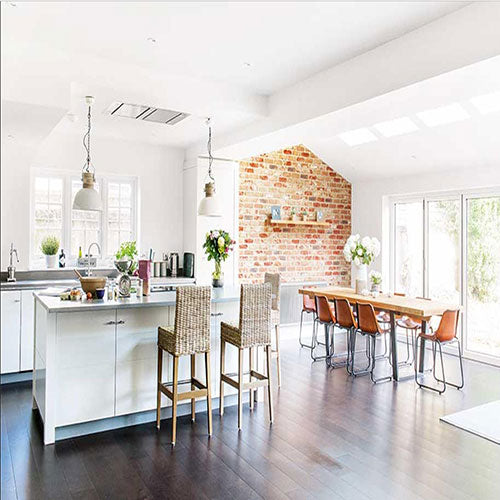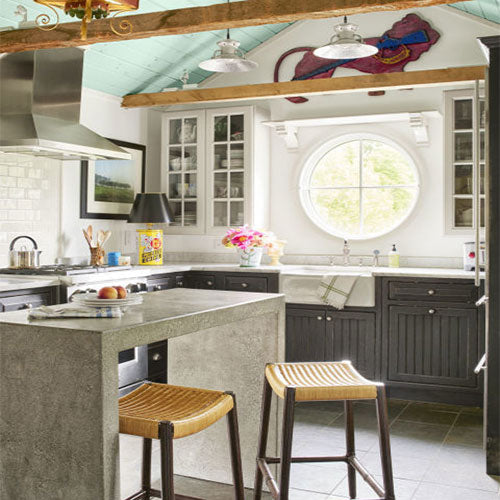10 Ways to Cut the Cost of Your New Kitchen
It’s important to establish your budget before planning a new kitchen. This will stop you from viewing, and falling in love with, options that are out of your price range.
But that doesn’t mean opting for cheap alternatives that you’ll be unhappy with in the long run. It simply means making sure every penney fo your budget goes towards a kitchen you’ll be happy with.
Whether you’re extending to add a new kitchen or simply renovating your existing space, these tips will do favor for you.
1.Avoid moving utility meters and services
Unless it is an essential to radically alter the orientation or usability of a kitchen, try and keep the utility in the same position if costs are an issue. And, if you can,avoid having to move your gas and electricity meters, as they cost you £1000 at least.
2.Reduce any structural alterations
Even you need to extend the kitchen and then linking the old and new spaces so they flow seamlessly, the costs can also be reduced through value engineering. For instance, retaining part of the existing walls or introducing a steel or concrete column can shorten spans and reduce the size and cost of the steel beams required.
3.Think inside the space
Change the pattern of your inherited kitchen can solve many of the frustrations .For example, The obvious merging of a dining and kitchen area could easily add two metres of space for a walk-in larder or utility
4. Mix and match kitchen furniture
If you don’t have enough budget to renovate your whole kitchen with bespoke units, consider commissioning just a central feature, such as a statement island, and make up the rest of the kitchen using standard, basic-quality units
5. Reuse materials
When renovate an old kitchen, think about what’s saveable. Like the worktops, especially the granite or quartz one, you can recut it and this will save you hundreds of pounds. If you have too few units, you may be able to buy more, or opt to use them just one wall. Alternatively,consider using the old units for a utility room.
6. Reduce wastage
The old materirals, such as floorboards, doors, radiators and units, they can be sold. Try Ebay,Gumtree or contact your local reclamation yard. Instead of a paid tradespeople, you can dispose of waste at your local council tip for free
7.Choose end-of-line kitchens
End-of-line appliances, sourced online via specialist distributors, can also be real bargains. No one will ever know if your kitchen once stood in a showroom and you paid a bargain ex-display price.
8.Shop smarter
The more you can plan ahead, the more chance you’ll have to shop around. Choosing the products in discount season or shopping with online-only retailers, which don’t have the same overheads as companies with showrooms and can therefore keep costs down. As Hapilife, we are an online-only retailers.
9.Fit the kitchen yourself
Installation of the kitchen itself can be a key contributor to cost. You can cut this cost by installing the units and doors yourself from flatpack, which any medium-skill DIY-er should be able to manage.
It’s also relatively easy to tile walls using online tutorials as a guide. But always leave worktops and the electrical and plumbing elements to the professionals.
10.Choose who to work with wisely
Finding the right companies and tradespeople to work with could save you thousands. Once you’ve chosen the look you want, get quotes from at least three different kitchen companies.
Remember, the cheapest may not be the best if not all of your requirements are met. Follow the same process with plumbers, electricians, tilers and, if needed, installers, to ensure best value for money.
>


